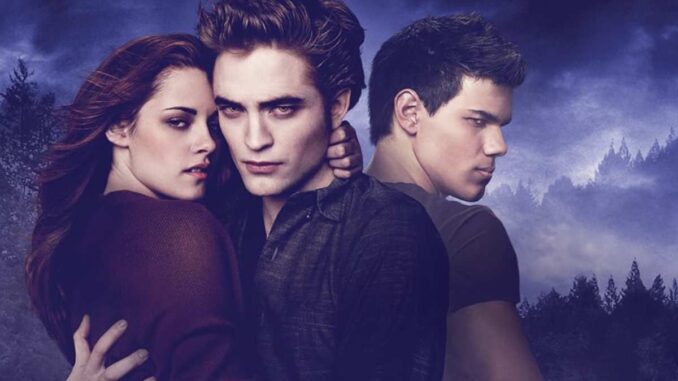
Behind The Scenes: Secrets From The Twilight Saga Sets Revealed
For millions across the globe, the Twilight Saga was a shimmering portal to a world of eternal youth, forbidden romance, and mythical battles waged under the perpetual gloom of the Pacific Northwest. Bella Swan's journey from awkward human to dazzling vampire bride unfolded with cinematic grace, her every breath and blush magnified on screen, while Edward Cullen's impossible allure seemed woven into the very fabric of the film. Yet, like all great illusions, the magic wasn't solely born from the script or the performances. It was meticulously crafted in the damp chill of real forests, under the harsh glare of production lights, and amidst the controlled chaos of film sets – a world teeming with its own untold secrets.
Stepping behind the polished veneer of the final cut reveals a tapestry woven from ingenuity, perseverance, and often, sheer practicality. The perpetual mist of Forks, for instance, wasn't always nature's whim but often the careful choreography of industrial-sized fog machines, tirelessly pumping artificial haze to maintain the iconic, atmospheric gloom. The effortless grace of the vampires, darting through trees with supernatural speed, was a painstaking blend of wirework, green screens, and actors running full-tilt, sometimes suspended metres above the ground, their movements later digitally enhanced to defy gravity. The ethereal glow of a sparkling vampire wasn't the product of actual diamonds embedded in skin, but a testament to clever visual effects, sometimes even starting with something as mundane as iridescent glitter applied to the actors' faces under specific lighting conditions, before being painstakingly refined in post-production. These "secrets" aren't scandalous revelations, but rather fascinating glimpses into the alchemy that transforms the mundane into the miraculous.
But the most compelling secrets, perhaps, weren't about the special effects, but about the human heart beating beneath the mythology. The saga began as a relatively low-budget indie film, and that initial, scrappy energy fostered a unique camaraderie on set. Actors, often in their late teens and early twenties, found themselves flung into remote locations, enduring long hours fueled by lukewarm coffee and the shared desire to bring a beloved story to life. Stories abound of the cast bonding over late-night dinners in small-town diners, playing practical jokes on each other, or simply leaning on one another through the intense pressure and burgeoning global fame. Kristen Stewart's often-discussed shyness or Robert Pattinson's wry humor weren't just character quirks; they were genuine aspects of young people navigating an unprecedented storm of celebrity, finding solace and genuine connection amidst the whirlwind. The crew, the unsung heroes, worked tirelessly, battling the relentless drizzle of the Pacific Northwest, adapting to unforeseen weather changes, and solving on-the-fly technical dilemmas, all while maintaining the infectious energy of a team passionate about their craft.
The journey was not without its trials. Filming in the notoriously damp and often remote Pacific Northwest presented its own set of logistical nightmares – from navigating muddy terrain with heavy equipment to ensuring the cast and crew remained warm and dry. As the franchise exploded, the "secrets" also extended to the increasing challenge of maintaining privacy. Paparazzi became an ever-present shadow, lurking in the woods surrounding filming locations, turning set security into a high-stakes game of hide-and-seek. Actors, once able to blend in, found themselves scrutinized for every off-set interaction, their personal lives becoming as much a part of the saga's mystique as the story itself. The "secrets" revealed here are the silent pressures, the sacrifices of normalcy, and the constant vigilance required to preserve the illusion while living inside a very real, very public fishbowl.
Ultimately, the behind-the-scenes "secrets" of the Twilight Saga are not tales of scandal or disillusionment. Instead, they are testaments to the collaborative spirit of filmmaking. They reveal that the dazzling, fantastical world audiences adored was not conjured by magic wands, but by the sweat, laughter, and ingenuity of hundreds of dedicated individuals. The perpetual rain was often manufactured; the sparkling skin, a digital illusion; the super speed, a feat of physical prowess and visual trickery. Yet, knowing this only deepens the appreciation for the artistry involved. The true enchantment of the Twilight Saga, then, is not diminished but amplified by these revelations. It is the understanding that behind every dramatic gaze and every supernatural leap lay a crucible of human effort, transforming the ordinary into the extraordinary, and forever cementing the saga’s unique place in cinematic history.
